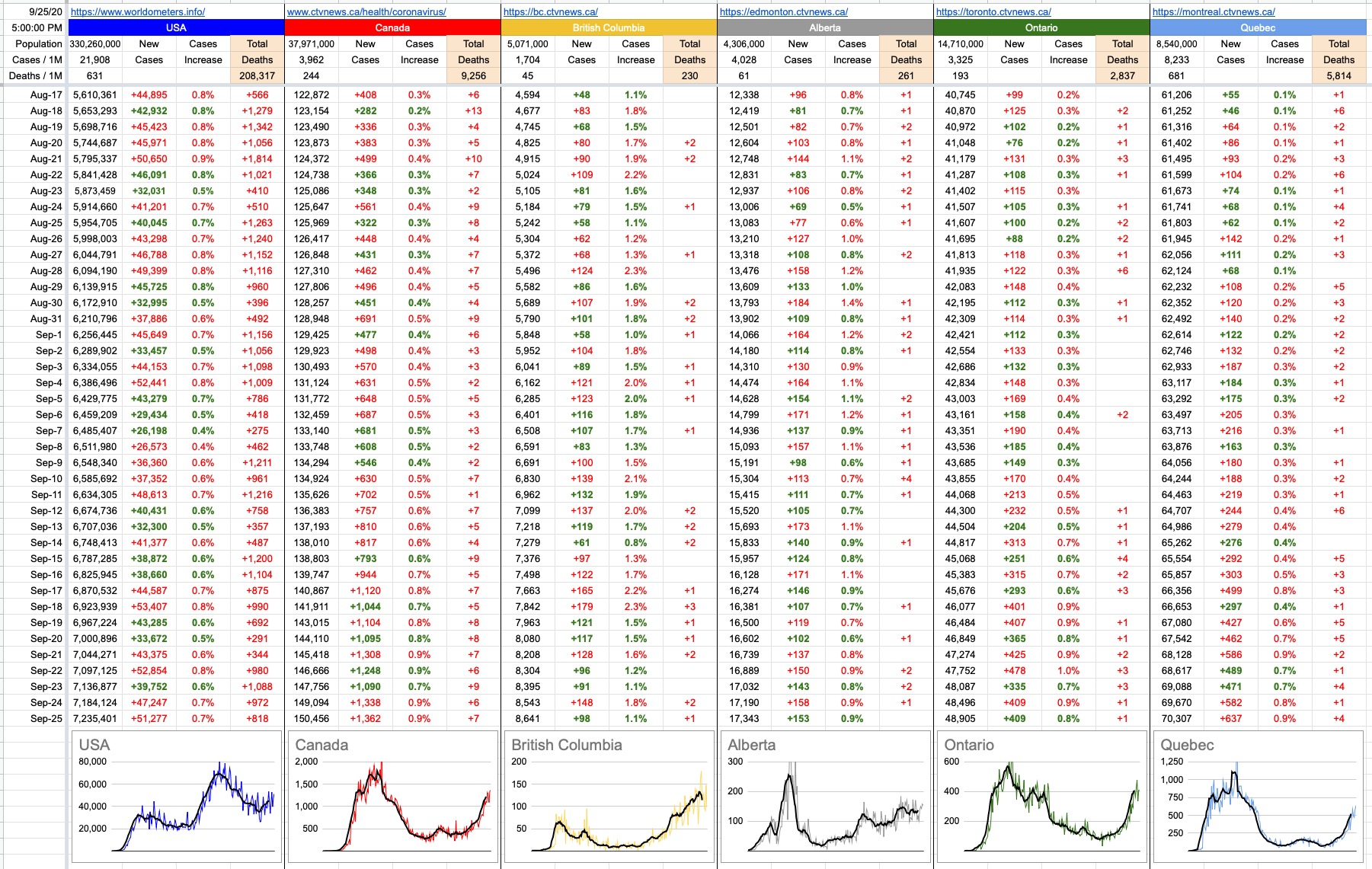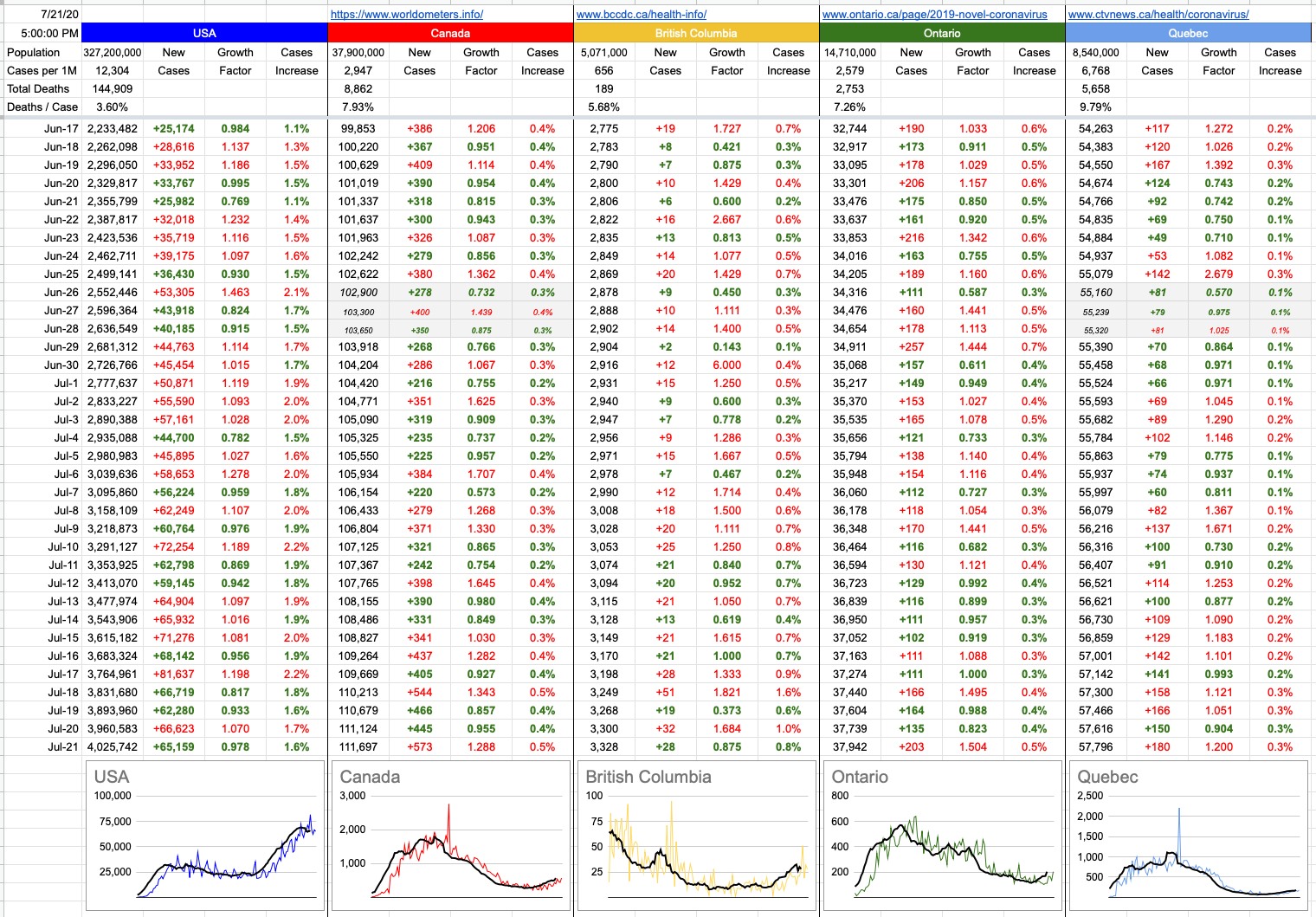September 25, 2020
There’s that old parable where, suddenly, people can’t bend their arms. There’s plenty of food to eat, but people are starving… because they can’t reach their mouths.
The parable goes on to explain how, actually, it’s only the self-serving narcissists that are starving. The good people have figured out that all they need to do is feed each other, and everyone will be ok.
To some extent, we’ve been told that masks are sort of like that; you wear one, more than anything, to help others; to avoid you infecting them with your sneezes and coughs… and, as long as everyone is doing that to help others, we all benefit.
For a lot of my life, I thought catching a cold or flu was like getting pregnant; you’re either pregnant or you’re not. Similarly, either you have a cold… or you don’t. Certainly, you can be 7 weeks pregnant vs. 7 months, and it’s a very different experience… just like you can have a mild cold or a really bad cold.
The subtle difference in my mind was this: Once you have a cold, how bad it is depends on that particular cold virus. Some hit you really hard, while some give you little sniffles. Some years it’s really bad, some years… not so much.
What I didn’t understand was the whole concept of viral load. It’s not necessarily the severity of the strain of the virus… it’s also how much of it you got. The actual level of dosage, the actual number of little virus balls you inhaled… like, how badly you were infected… has a huge influence on how it affects you.
This is becoming very evident with the analysis of C19 patients; those exposed with high viral loads have a much more difficult journey. In fact, viral load at the time of diagnosis seems to be, on its own, an independent predictor of mortality.
All of this goes back to masks, and a recent article that pointed out something that should be pretty obvious, but perhaps hasn’t been made abundantly clear: If you wear a mask, you’re not only protecting others, but you’re protecting yourself. Your chances of receiving a lethal infectious dose are dramatically reduced if you’re wearing a mask.
Further to that – a very promising conclusion that follows from that is that by wearing a mask, you may well be creating immunity in yourself. As we know, a vaccine simply stimulates an immunity response… well, guess what… you may already have done that, in small doses. We also know that 80% of cases are asymptomatic, and that may in large part be due to the low viral loads that caused them in the first place. Perhaps the small amount you got from a distant sneeze. Or, perhaps, the small amount you got from someone nearby… but your mask took the hit, and all you got was 1% of the potential viral blast in your face.
And one final (also promising) conjecture… it seems that even tiny viral loads in your body may stimulate strong immune responses. By the time the vaccines roll out, you may already be immune… and only because you’ve been wearing a mask, self-vaccinating yourself in small doses.
I’m not sure any of this will change the minds of the ardent anti-maskers, for whom this whole issue is entangled with political (and other) agendas… but if you know any somewhat-reasonable anti-maskers who think it’s not worth it for medical reasons, feel free to pass this along. Or maybe to that “me me me” narcissist who doesn’t feel the need to benefit others, at the expense of their personal comfort. Well, guess what… it may benefit you greatly.
And for the rest of you reasonable people, just keep doing what you’re doing… and wear your mask with the knowledge that your little contribution to the greater good may actually be doing a lot more good than you think.



